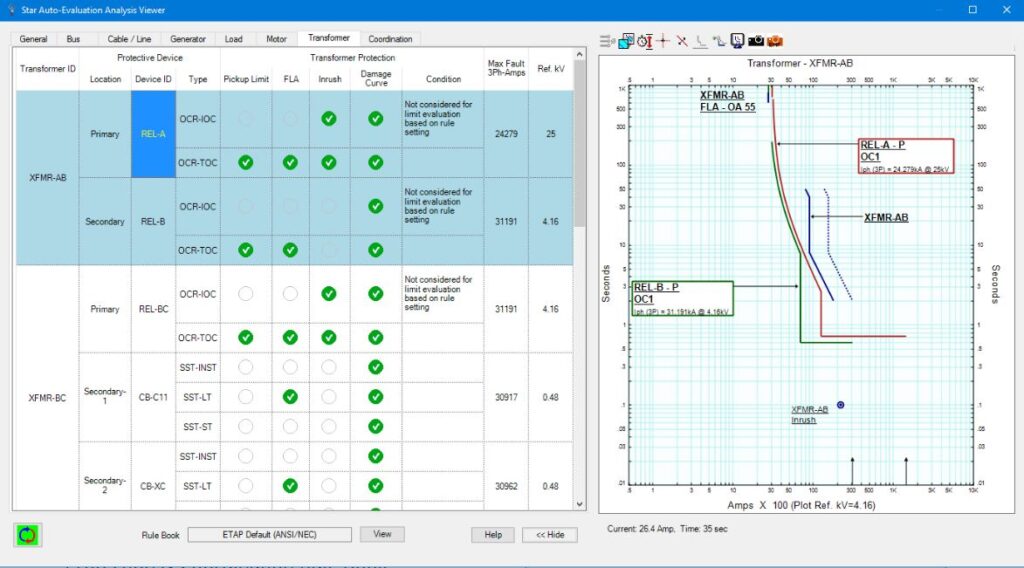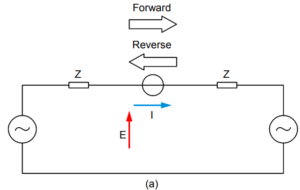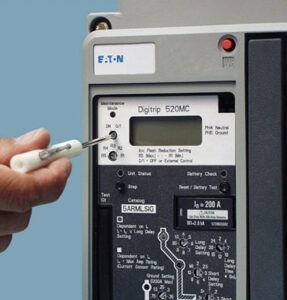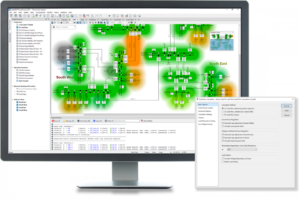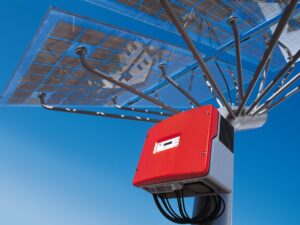This article demonstrates the high level step by step procedure to perform the protection and coordination analysis in ETAP software. Below are the steps:
Select protective devices models from editor
Once the single line diagram and data entry is complete (including relay make/model selection), in Protective device editor, a variety of PD models can be selected from ETAP default library. Date entry is very simply in PD editors. Multiple function relay has overcurrent, overload, differential and Distance functions, directional function and 51V is also available for relay model which has these capabilities.

Perform short circuit study
The fault current needs to be updated in all the protection devices using STAR module in ETAP.
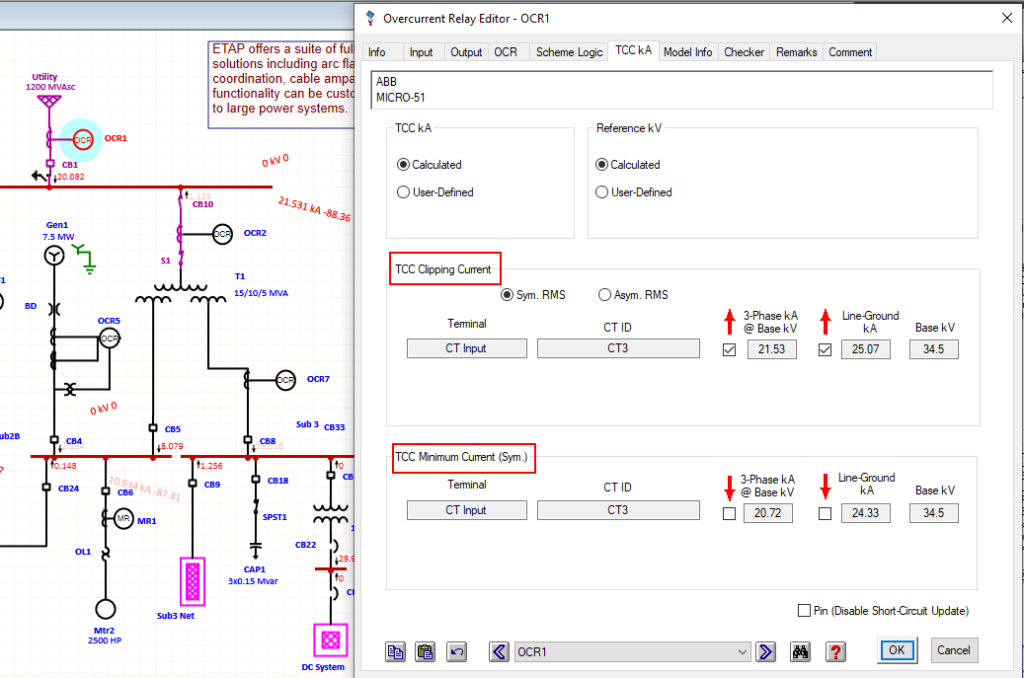
Create Star View to view protective device and equipment damage curves
In Star Mode, create a star view by selecting devices on one line and click create star view button. In star view time current curves of protective devices (Fuse, Relay, LVCB, recloser, etc.) and equipment damages curves such as (Transformer, Cable, Transmission Line, Motor and Generator) can be easily viewed and analyzed.

Device label setting can be displayed in star view to show the settings or parameters of the protective devices/equipment. Time current curve can be adjustable graphically or from the editor.

Tripping time or time marginal can be measured by placing a crosshair or time difference tool in star view.

Perform Sequence of operation study
Run a Sequence of operation study to simulate a fault at any location of the system to evaluate, verify and confirm the operation and selectivity of protective devices for various type of faults directly from the one-line diagram. The operation time is calculated for each protective device based on its settings, time current characteristic, and interlocks for a specified fault location and type.


In sequence of operation, device will operate sequentially on one line, detail relay actions (27, 49, 50, 51, 51V, 59, 67, 79, 87) will be listed in Sequence of operation event viewer.

Run Star-Auto evaluation to analyze the complete system protection and coordination
By running Star-Auto evaluation, it automatic detection and evaluation of system protection and coordination / selectivity based on customized design criteria and industry guidelines. It will help to identify false tripping and miscoordination.
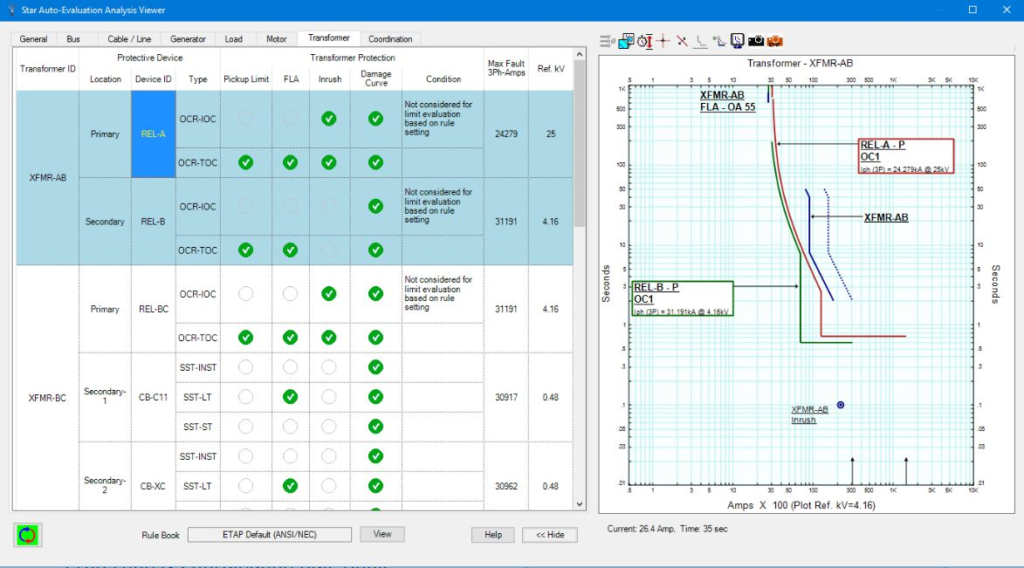
Generate protective device setting report
Generate a device setting report for all protective devices in Crystal Reports, PDF or Excel formats. Multiple templates are available for both crystal report and excel report.



